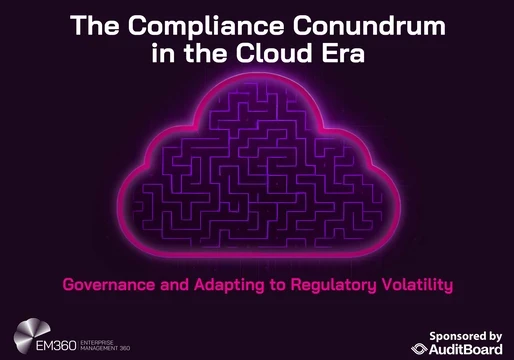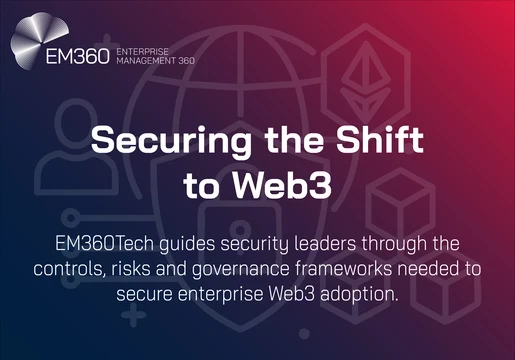
From Access Control to Identity Fabric
The origins of PAM lie in the access control era: an age of static infrastructures and manual administration. Early solutions centred on credential vaulting and password rotation, operating largely in isolation from broader Identity and Access Management (IAM) strategies. They were compliance tools, not intelligence systems.
As cloud and automation reshaped enterprise IT, PAM entered its integration era. It began connecting with hybrid environments, automating provisioning, and supporting a broader range of use cases. With the rise of DevOps, PAM evolved further into the dynamic era, managing secrets for pipelines, containers, and APIs. Privilege was no longer a human concern; it extended into the realm of code and automation.
Today, PAM is entering the intelligent era: context-aware, risk-adaptive, and deeply embedded within what KuppingerCole calls the Identity Fabric. This concept can be understood as an architectural model that unifies all identity services through shared context, telemetry, and policy. In this model, PAM isn’t a bolt-on control but a core component of identity resilience.
The Market Expands Beyond Protection
This transformation is also reflected in market behavior. PAM is no longer limited to protecting administrator credentials; it now plays a key role in detection and response, feeding telemetry into Identity Threat Detection and Response (ITDR) systems and Security Operations Centers (SOCs).
According to KuppingerCole’s forecasts, the PAM market will reach $5.4 billion by the end of 2025, with continued growth as vendors from Cloud Infrastructure Entitlement Management (CIEM) and ITDR enter the space. The market’s future is defined not by how it guards access, but by how it helps organizations understand and react to identity-driven threats in real time.
New Forces Redefining PAM
Four major forces are reshaping PAM’s trajectory:
-
Non-Human Identities (NHIs): The explosion of service accounts, bots, APIs, and workloads means most privileged entities are no longer people. Traditional identity systems struggle to manage their short lifecycles and complex entitlements.
-
Agentic AI: Autonomous AI systems can make operational decisions and soon, potentially, access decisions. While promising, they also risk acting with excessive privilege if guardrails are weak.
-
Zero Trust and ITDR: PAM is integrating with continuous verification and detection models, enabling dynamic privilege adjustment and automated response.
-
Quantum Threats: The looming risk of quantum computing makes post-quantum authentication a strategic imperative. Cryptography is no longer static; it must be agile and future-ready.
Together, these forces call for a new generation of PAM that can adapt, learn, and evolve in step with the organization it protects. Enterprises now oversee thousands of machine and AI-driven identities that require automated governance and constant monitoring. By combining PAM with CIEM, organizations can establish a unified control layer for both human and non-human access, while integration with ITDR adds the real-time visibility and rapid response needed to counter identity-based threats. At the same time, the looming “Q-Day” highlights another essential capability: crypto-agility. For more information on crypto agility, check my previous blog post here.
Challenges and the Road Ahead
Even as PAM matures, significant challenges persist:
-
Scaling across large, hybrid environments.
-
Integrating with legacy systems and modern apps simultaneously.
-
Maintaining real-time enforcement without sacrificing performance.
-
Embedding privilege management into DevOps and cloud-native architectures.
These issues all stem from the same root cause: treating PAM as a product instead of an operating model. The future of PAM is context-aware, crypto-agile, and identity-centric. It will integrate more deeply into DevOps and CI/CD pipelines, converge with ITDR, and include NHI coverage. Organizations that adopt unified identity fabrics and adaptive access controls will transition from safeguarding credentials to protecting intelligence itself. In a world of AI, automation, and quantum disruption, privilege is not a static permission; it is a living, evolving expression of trust.







Comments ( 0 )